No products in the cart.

If you require more than one type of board with different characteristics, please add the products to the cart. Then view the cart and send inquiry together.
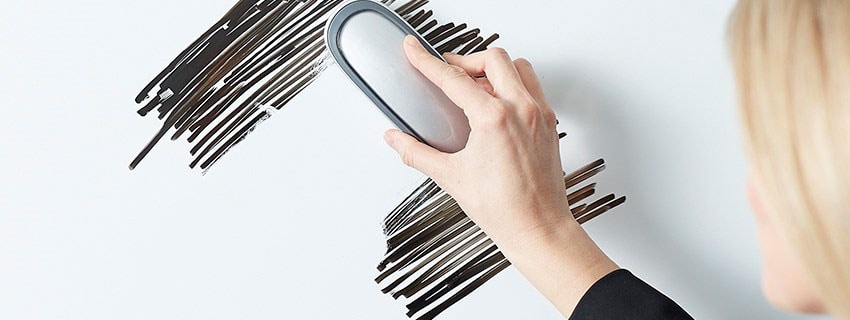
In real life, the dry erase board we often say is a whiteboard. A dry-erase board is a board made out of non-porous material that can be written on with special dry-erase inks, and can then be erased.
They are called dry erase boards because there are special wipers used, dry wipers, to erase the writing off of the boards. The principle is that the pores on the surface are extremely small, and the molecules of the ink cannot pass through, so they can only accumulate on the surface. After the water evaporates, wipe it with a dry cloth to remove the pigment particles.
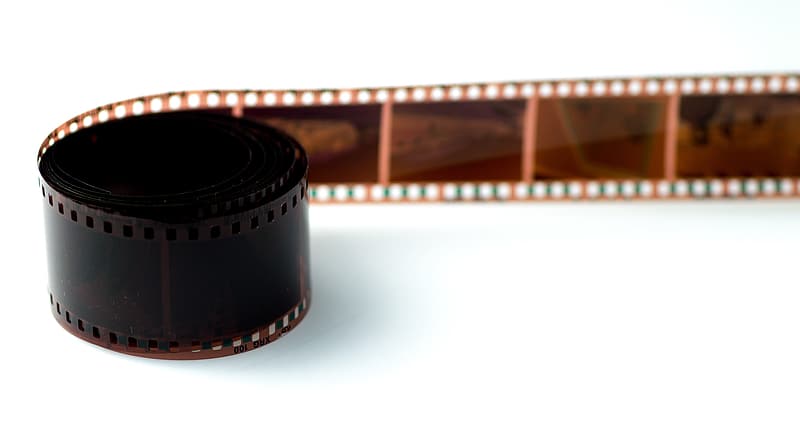
The first whiteboard was born in the 1950s. It was thought that a photographer named Martin Heit was inspired to invent the whiteboard on the roll of negatives.
It was 50 years before the age of digital photography, and Mr. Heit had thousands of negative film stored with him. When talking to clients on the telephone, which was also a new invention in those times, he used to note down details and instructions on the negatives using a marker pen. The writing could be easily wiped clean with a wet tissue.
Mr. Heit initially developed the idea in the late 1950s as a small scribbling board next to a wall-phone. He planned to unveil his invention at the Chicago Merchandise Mart, but the showcase where his boards were displayed burned down the night before the launch.
Discouraged, he sold the patent for the whiteboard to an obscure company that would eventually become Dri-Mark, the company that introduced the whiteboard to the education world.
This dry erase board should be the original shape of a non-magnetic whiteboard.

The second account claims the whiteboard was invented by Albert Stallion in the early 1960s, when he was working in an American steel production company.
One of the company’s products was enameled steel, which was primarily used for architectural cladding. At one of the meetings, Mr. Stallion suggested that enameled steel sheets could prove to be a very good addition to the writing board market, and could replace chalkboards.
With the company being a steel manufacturer, none of Mr. Stallion’s associates paid much attention to his idea, however, he believed in his vision and parted ways with the company to launch his own whiteboard business by the name of MagiBoards.
This was the prototype of the magnetic whiteboard.
Although the whiteboard was born very early, the early whiteboards were still cleaned with a wet cloth. This problem was solved after another inventor (Jerry Woolf) applied for a patent for the first whiteboard marker in 1975. It contains a new type of non-toxic, erasable ink that can adhere to smooth surfaces without being absorbed by smooth surfaces. Use a dry cloth to easily clean the powdered ink and make the surface dust-free.
Whiteboards have been developed for so many years and are generally divided into magnetic dry erase boards and non-magnetic dry erase boards. The hottest sellers on the market are the coated steel whiteboards and the enamel steel whiteboards. The material principle is steel covered a special coating that cannot penetrate ink.
But according to the principle of dry erase board, in fact, many materials can be used to make writing boards.
1. Melamine impregnated film paper, after hot pressing onto MDF, is used to make a non-magnetic whiteboard.
2. The PET plastic film, can be made into a soft whiteboard and attached to the wall, glass, any smooth and flat surface.
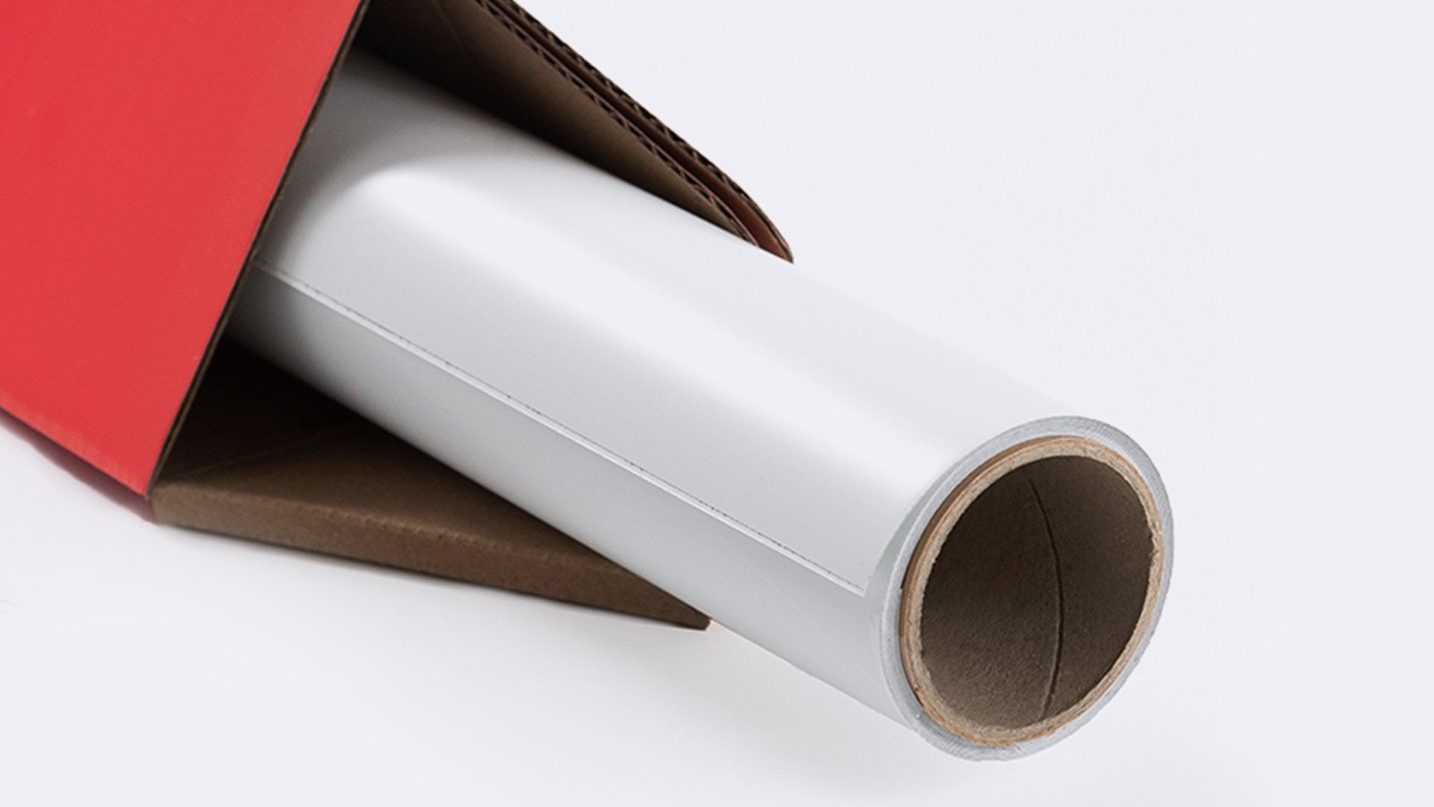
3. Glass, has become a popular glass writing board, not only white but also black, red, blue, and other colors.
4. Acrylic, a new type of plastic writing board, is similar to a glass plate, but it is safer than a glass plate.
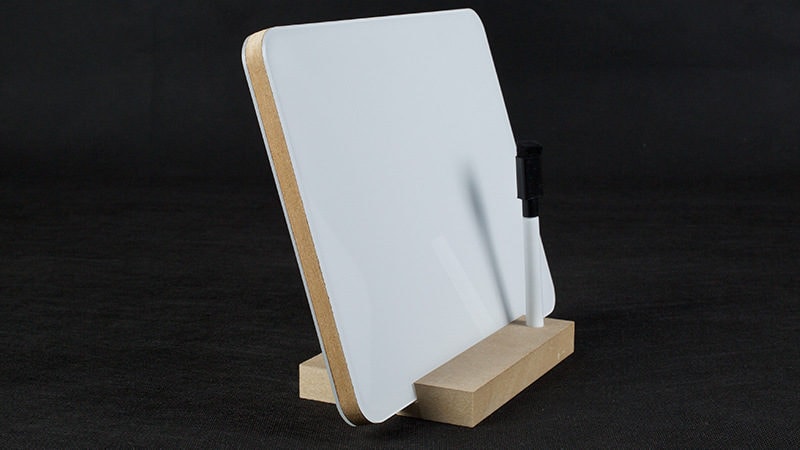
The dry erase board can be cleaned with a wet cloth, but it depends on the timing. The wrong timing will cause unnecessary trouble.
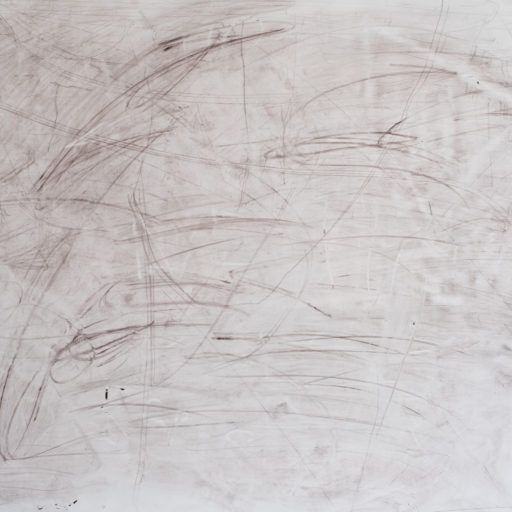
After writing on the dry erase board, generally wait for 30-60 seconds, and then wipe it with a dry cloth three or two times, people can clean the board clear easily. It is not recommended to wipe with a dry cloth immediately after writing. This will cause the writing marks to spread and blur into a ball. You need more time and power to clean the board.
If the writing marks which you wrote on board have been over 60 days, the dry cloth cannot clean the board clear. It is recommended to wipe it with a wet cloth. If there is a whiteboard cleaner, spray it on the board surface to soften the ink, and then wipe it with a wet cloth.
